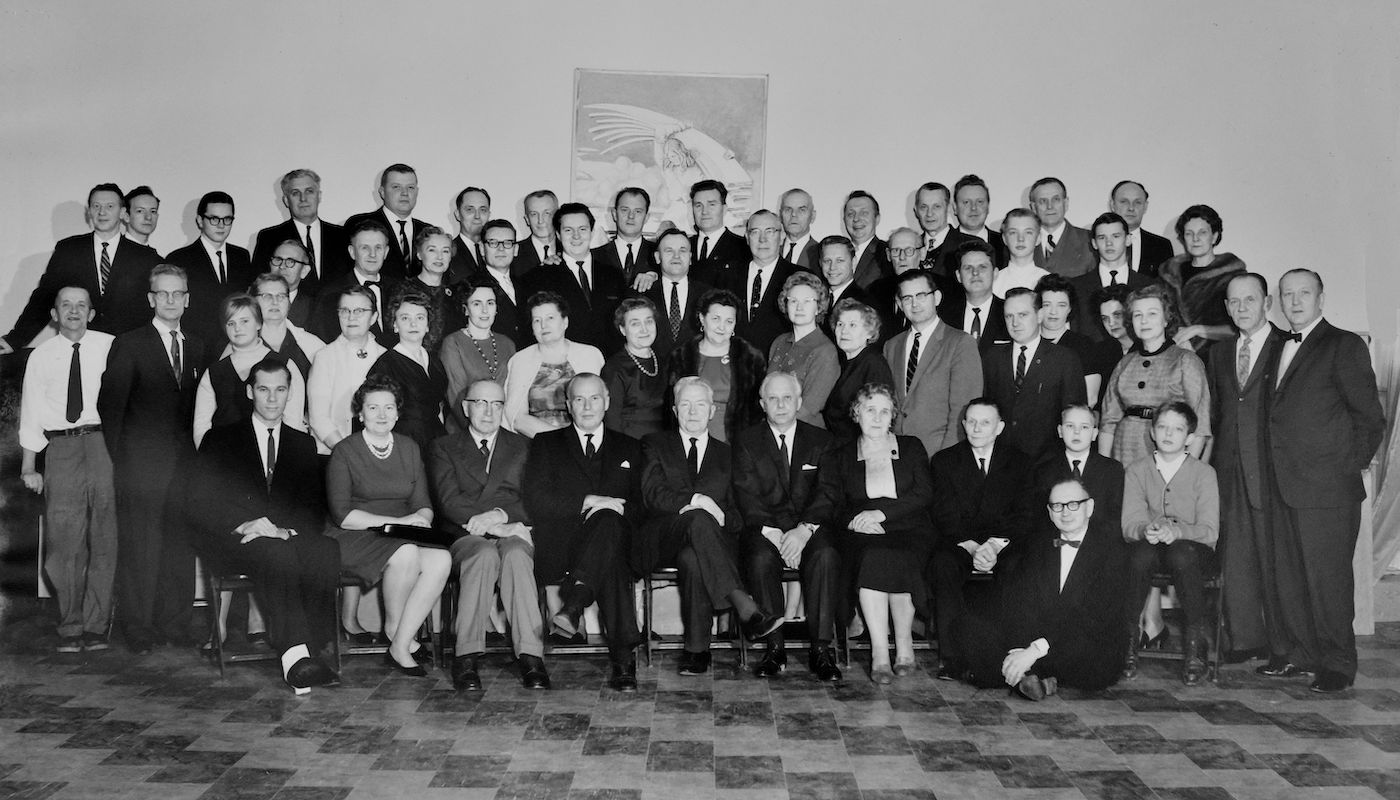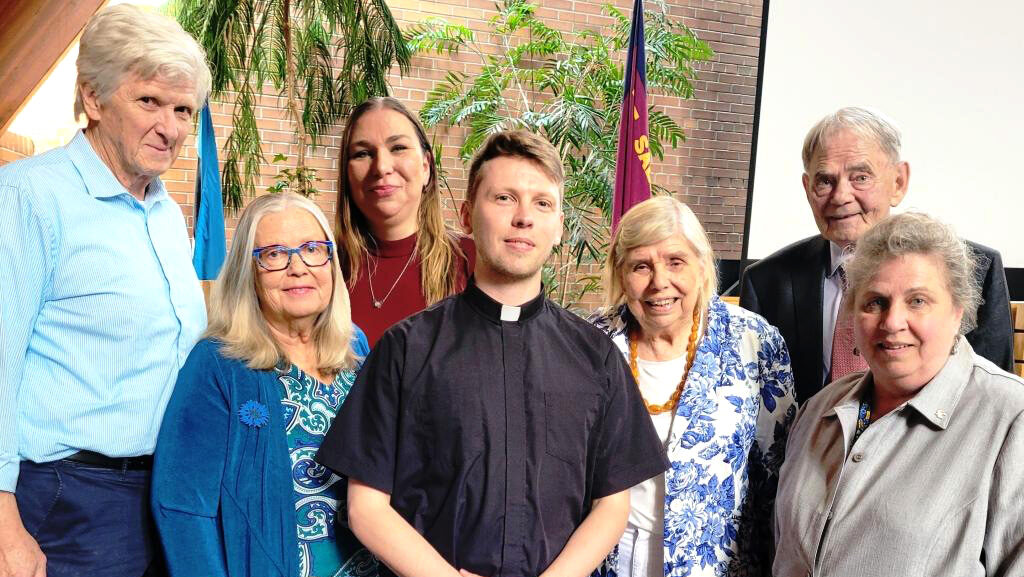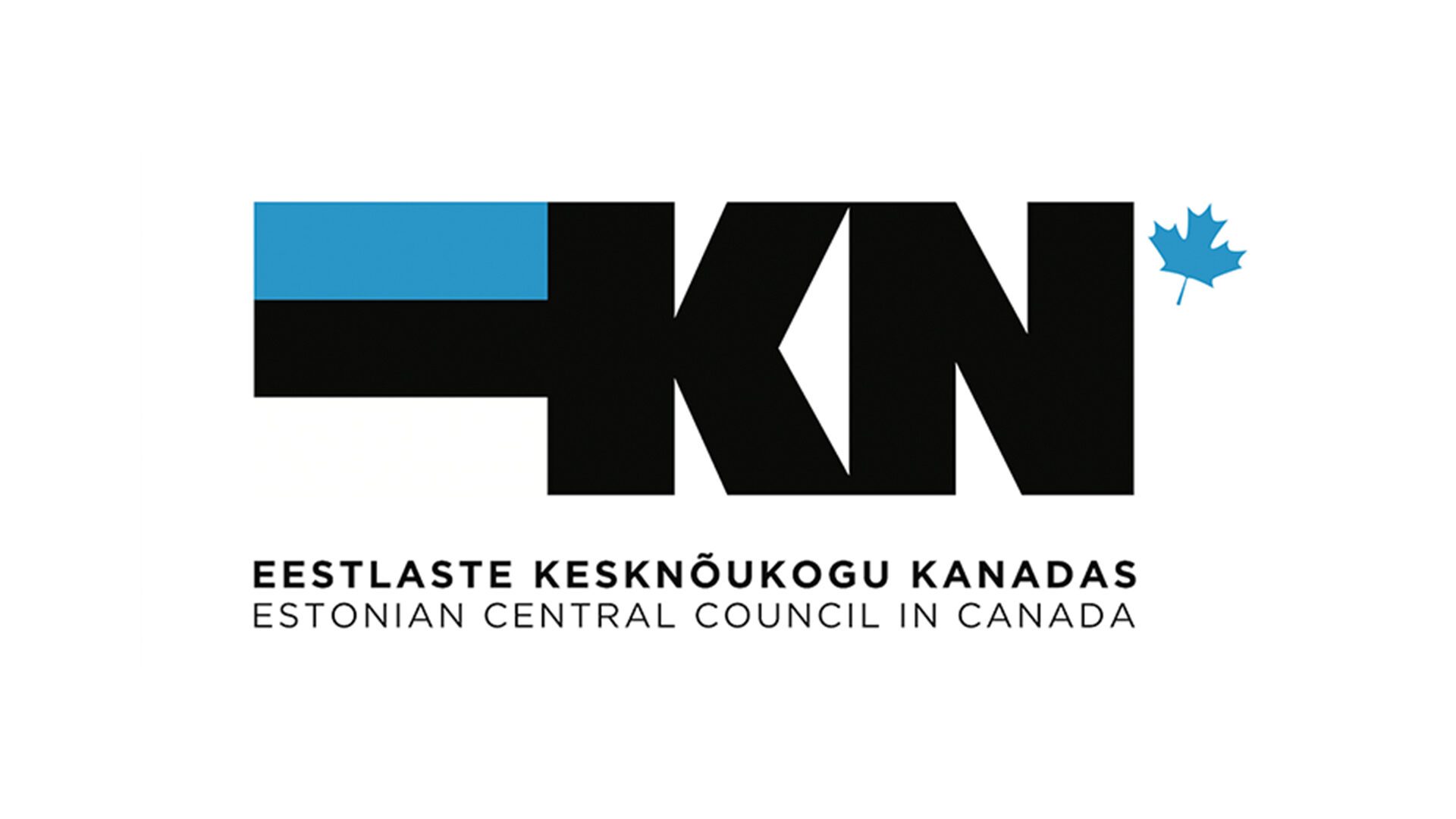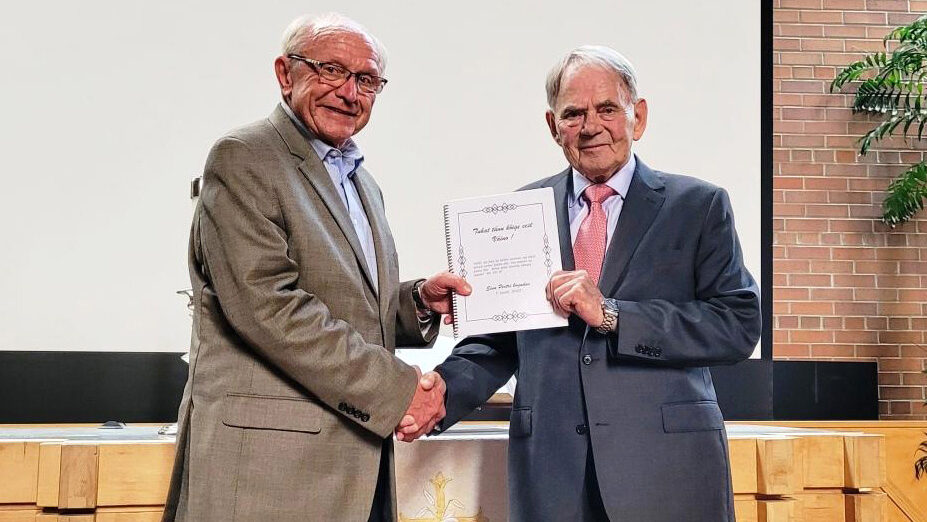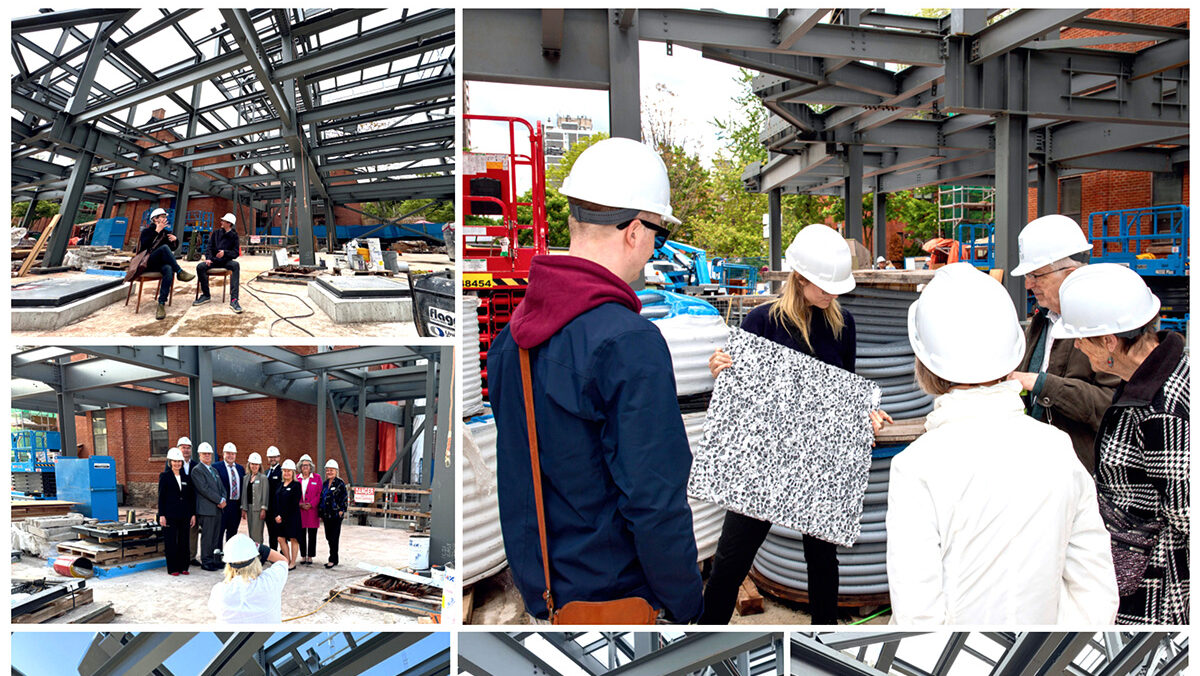One of the more poignant donations to KESKUS comes from the Estonian community in Baltimore, Maryland. They are the most recent Kalevipoja Laud level donors, contributing US$100,000 from the proceeds of sale of their own Estonian House.
“In a way,” says Peeter Saar, Chair of the Baltimore Estonian House (BEH) and Baltimore Estonian Society (BES), “our Eesti Maja lives on with this donation.”
BES came together as an organization in 1935, but a building where events and gatherings could be held wasn’t purchased until 1964. By then, there were about 300 to 400 Estonians living in the area.
A former pleasure club for men, the building lay vacant for several years before the Estonians bought it and named it Baltimore Eesti Maja. Peeter, who was 13 at the time, was part of a crew that went in with their fathers to tear down the place and build it back up.
“Gottlieb Peets, Ludvig Saar, Evald Sarapik, the Kiik family, the Tammaru family, among others,” remembers Peeter, “There was a core of about seven or eight families together with their kids — it was a pretty comprehensive renovation of the inside.”
Over the years, features were added: storage facilities, walkways, even a suitsuahi out back for smoking fish. The biggest addition came in 1974, in preparation for Baltimore hosting Esto ‘76.
“That’s when the Suur Saal — the Assembly Hall — was built,” says Lea Kiik, Treasurer of BEH. “It was air conditioned, with a stage and balcony, and the downstairs was rebuilt with a curved bar. This was all new and exciting, designed by architect Jaan Kangro, who married into the Baltimore Estonian Raidma family.”
BEH was a vibrant focal point for the community for decades, providing a home for a thriving Estonian School, women’s and men’s choirs, folk dancing groups, Boy Scouts and Girl Guides, theatre performances and other organizations and events.
“There were maybe 450 Estonians living in Baltimore,” Peeter explains, “including kids. As they grew, many became less involved. Although a solid effort was made to engage the younger generations, by 2015, events were still being organized, but attendance dwindled. We used to be able to get at least 100 people out for various functions, choir performances or dance or theatre, but it got to the point where only maybe 30 to 40 people would show up.”
“For a time,” Peeter continues, “there was impetus to keep the culture and language going outside of Eesti, but when the walls came down in 1991 and travel to Eesti became regular, you could get your culture from the source, instead of from an urban corner of the city.”
“What’s more,” Lea adds, “the House wasn’t in a good neighbourhood. Initially, Estonians had purchased homes in the vicinity of the House. Their offspring became gentrified and moved to the suburbs. Driving an hour into a questionable area of Baltimore and then driving home again after dark… people just weren’t willing to do it anymore.”
BEH had originally been purchased with laenutähed (debentures). Community members purchased them for $100, with the idea that when the building was sold, they would get their $100 back. No interest accrued, and additional debentures were issued as work needed to be paid for. Enn Veskimets who was a longtime Chair of BEH, initiated the process on winding up BEH and with his departure, others like Peeter and Lea took over. Once BEH was sold and the debentures paid off, a decision had to be made about what to do with what was left over.
“We kicked around a lot of different ideas,” says Peeter. “We drafted a list of organizations that could be beneficiaries, a little bit here, a little bit there. But how much difference is that really going to make to any one organization? Maybe pay the bills for six months?”
They wanted to do something more meaningful.
“The idea was to make a significant contribution to an ongoing Estonian effort that would have a lasting impact. And we thought, we could actually make a meaningful contribution to KESKUS International Estonian Centre.”
Peeter and Lea were similarly mindful about finding new homes in other Estonian communities for some of the House’s most cherished items. An Estonia piano was delivered to the Lakewood Estonian House in New Jersey, which had been in need of a new one. And a library of books, acquired from the personal collections of community members over the decades, were shipped to the Central Library in Võru, Estonia.
“They were happy to receive these as, I guess, a reference point to say, this is the kind of literature that these Estonian refugees out of the country, were publishing to keep their Estonia alive in their hearts and minds,” says Peeter.
KESKUS will be the newest hub to strengthen the circuit of ways for Estonians, their families and friends from around the world, to gather. North American Estonians willingly travel with family and friends to participate in events that interest them, such as the annual East Coast Estonian Ski Days (Idaranniku Suusapäevad) held in upstate New York, Vermont, or Quebec; a summertime sports competition (Spordipäevad) in Lakewood N.J.; the biannual West Coast Estonian Days (Lääneranniku Eesti Päevad); and, to qualify choirs for Laulupidu, quinquennial LaLaLa Laululaager (Choral camp) in Toronto.
Summer camps continue as regional beacons, with Jõekääru, Seedrioru, and Kotkajärv in Ontario being the three closest to Toronto. These attract campers and counsellors from across North America and Estonia.
“We have plenty of folks from Baltimore who have gone to Jõekääru and spent time in Toronto, attending events and visiting” says Peeter. “I have relatives in Toronto who I visit on a regular basis, not to mention that Lea herself came from Toronto. So we’re very comfortable and happy with this donation.”
Lea continues, “Diminishing numbers in individual communities are all the more reason to stay connected globally, and to have a purpose-built International Centre that is in an accessible location. My family is an example of how borders are porous. New friendships and families are still forming between second- and third-generation Estonians from different sides of the border, including some fairly recent marriages between Baltimore and Toronto Estonians.”
Presented with the idea that their gifts to KESKUS and other Estonian communities is akin to an organ donation, that by bringing another to life, it too lives on, Lea says, “Organ donation is a beautiful analogy, because we’re giving our heart to you.”
“Our heart and our spirit, for that matter,” adds Peeter. “We’re very happy that we can contribute to an ongoing opportunity to affect younger Estonians, to keep this spirit alive and thriving.”
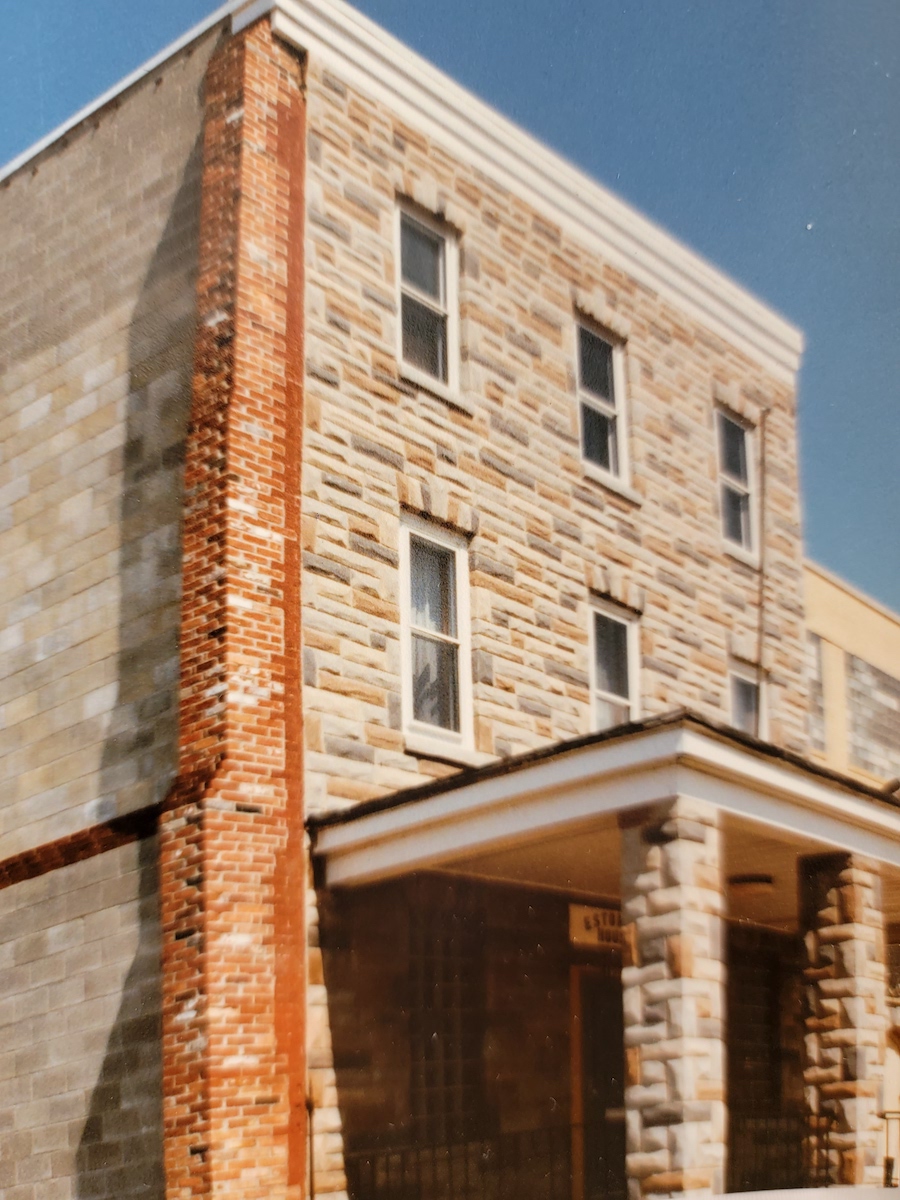
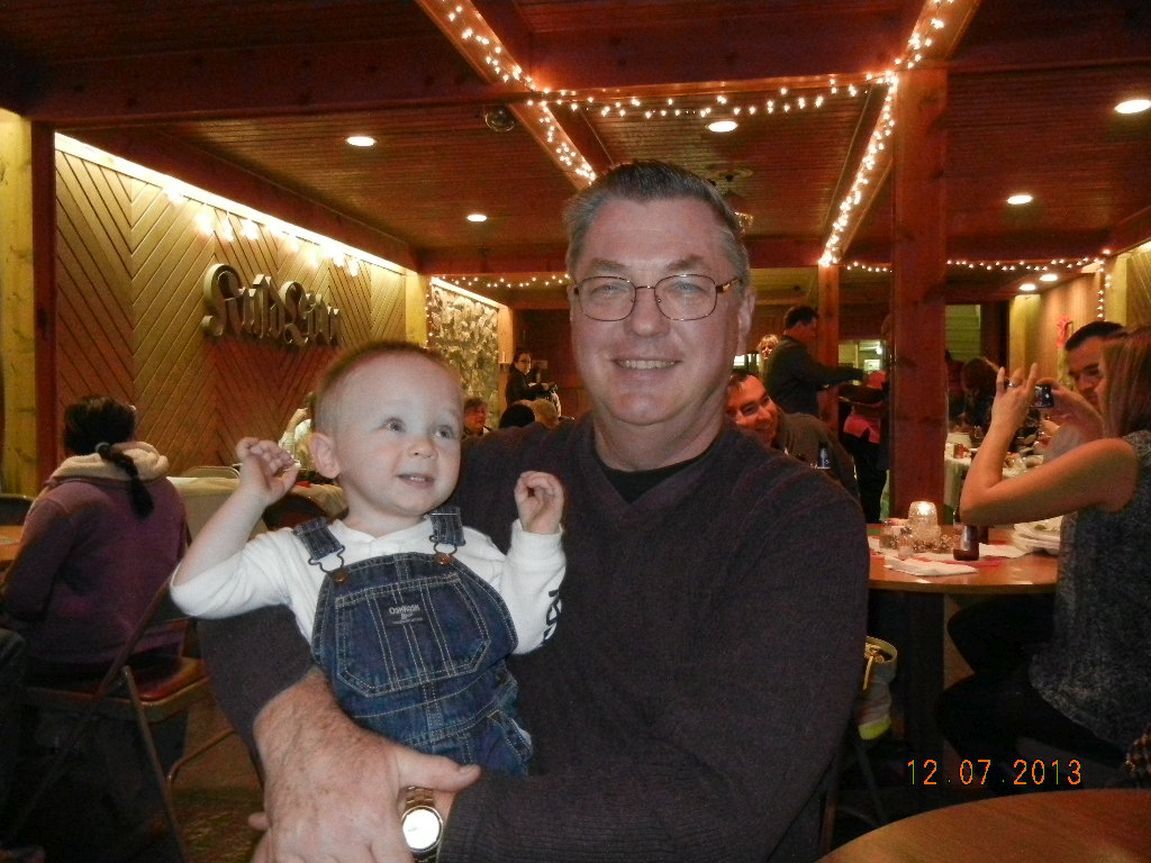
Give your support!
The donor categories of the KESKUS capital campaign are: Kalevipoja Laud for donations over $100,000 (including the right to name different parts of the building), Viru Vanemad for donations over $10,000 and Kungla Rahvas, gifts up to $10,000 which can be made through the KESKUS website.
For Kalevipoja Laud and Viru Vanemad donations, securities donations or to contribute a donation over 3-5 years, please email donations@estoniancentre.ca or call +(1) 647-250-7136.
Donations can be made by a group, or in honour of a particular individual or family. All donations made in Canada, Estonia and the US are issued an official tax receipt. More information is available on the KESKUS Capital Campaign page.
Let's stay connected…
- Facebook: Estonian Centre (@EestiKeskus)
- Instagram @keskus.iec
- Twitter @keskus
- Eesti Elu: Look for our articles in the Eesti Elu print edition, as well as on www.eestielu.ca. All articles are also available on our website www.estoniancentre.ca.
- Sign-up for the email newsletter on www.estoniancentre.ca (bottom of our home page).
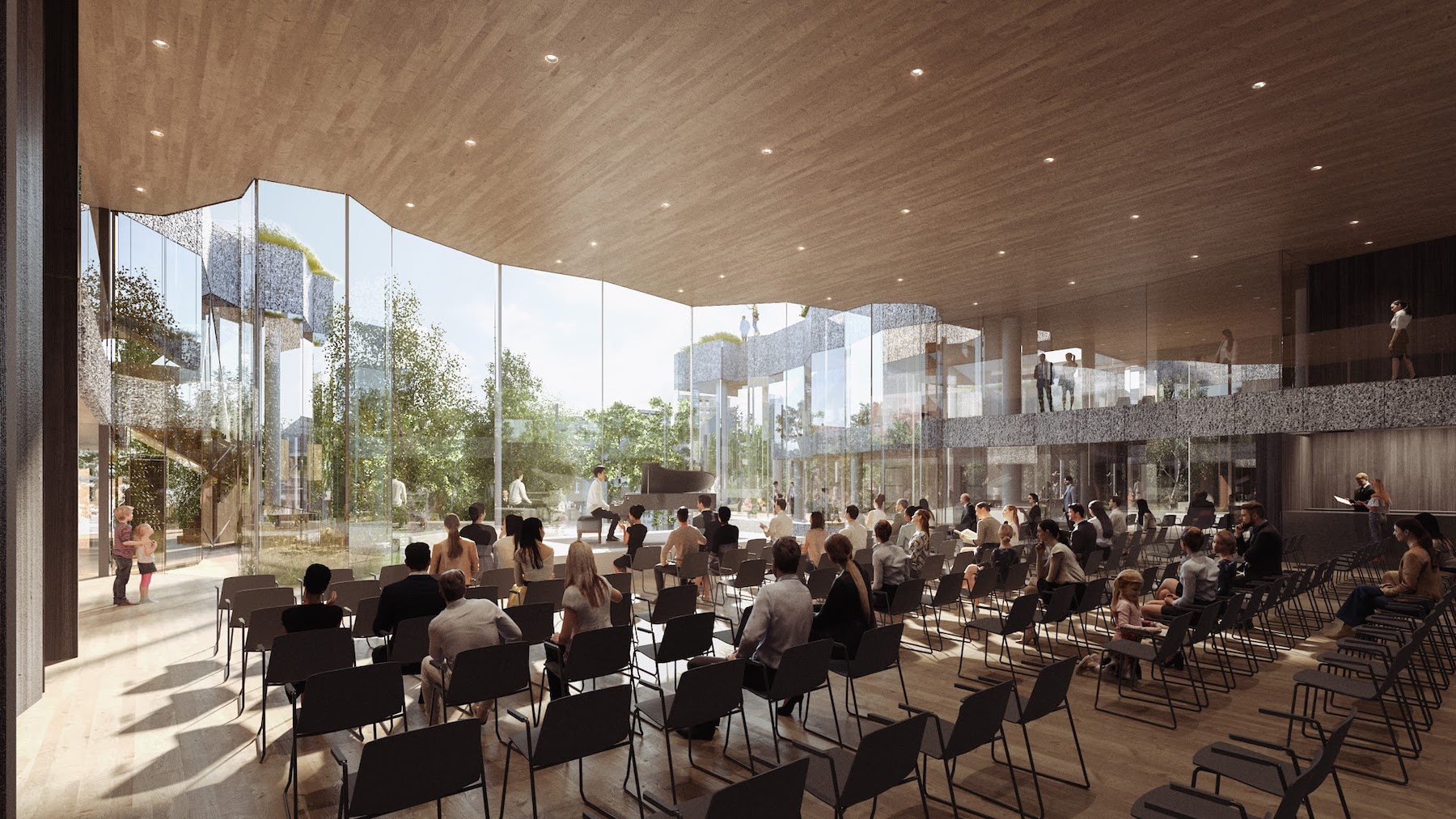
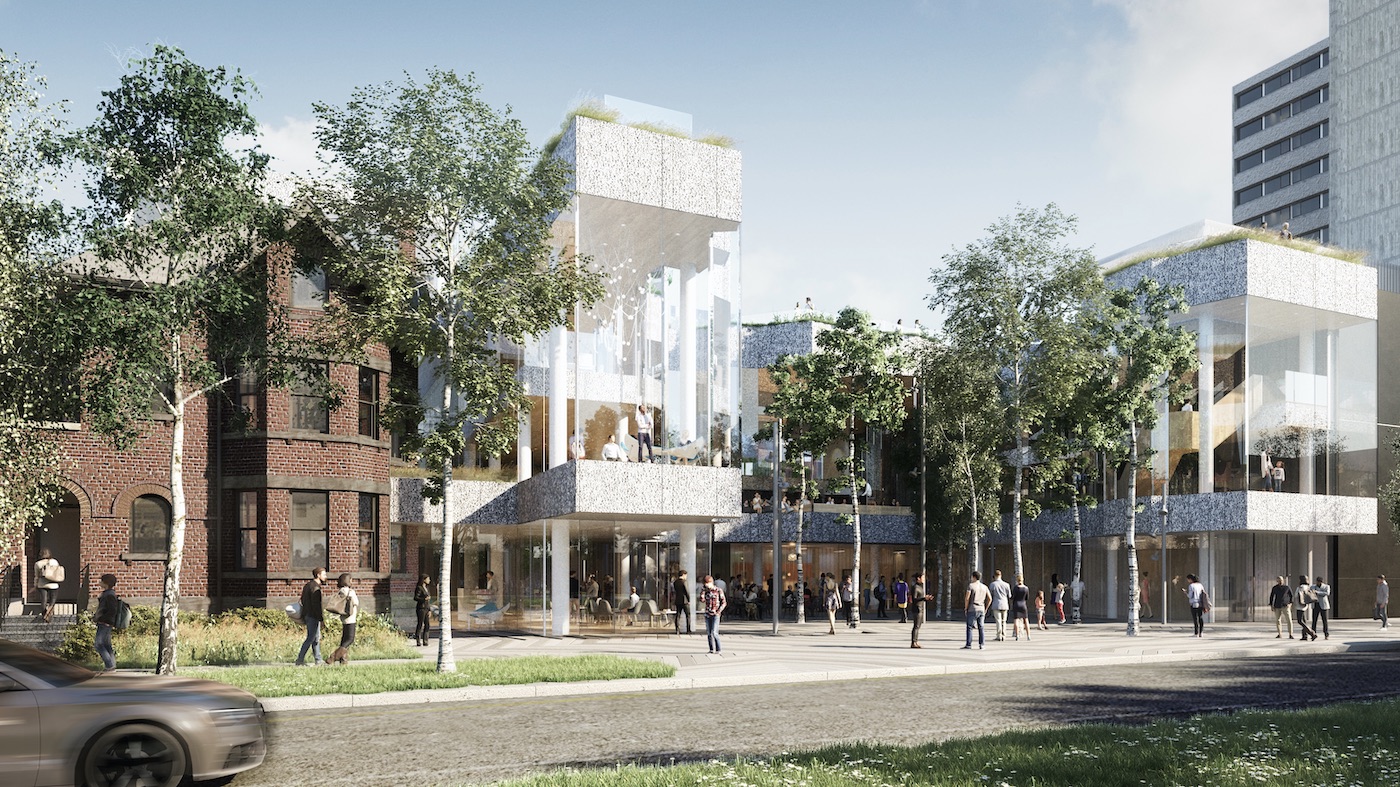
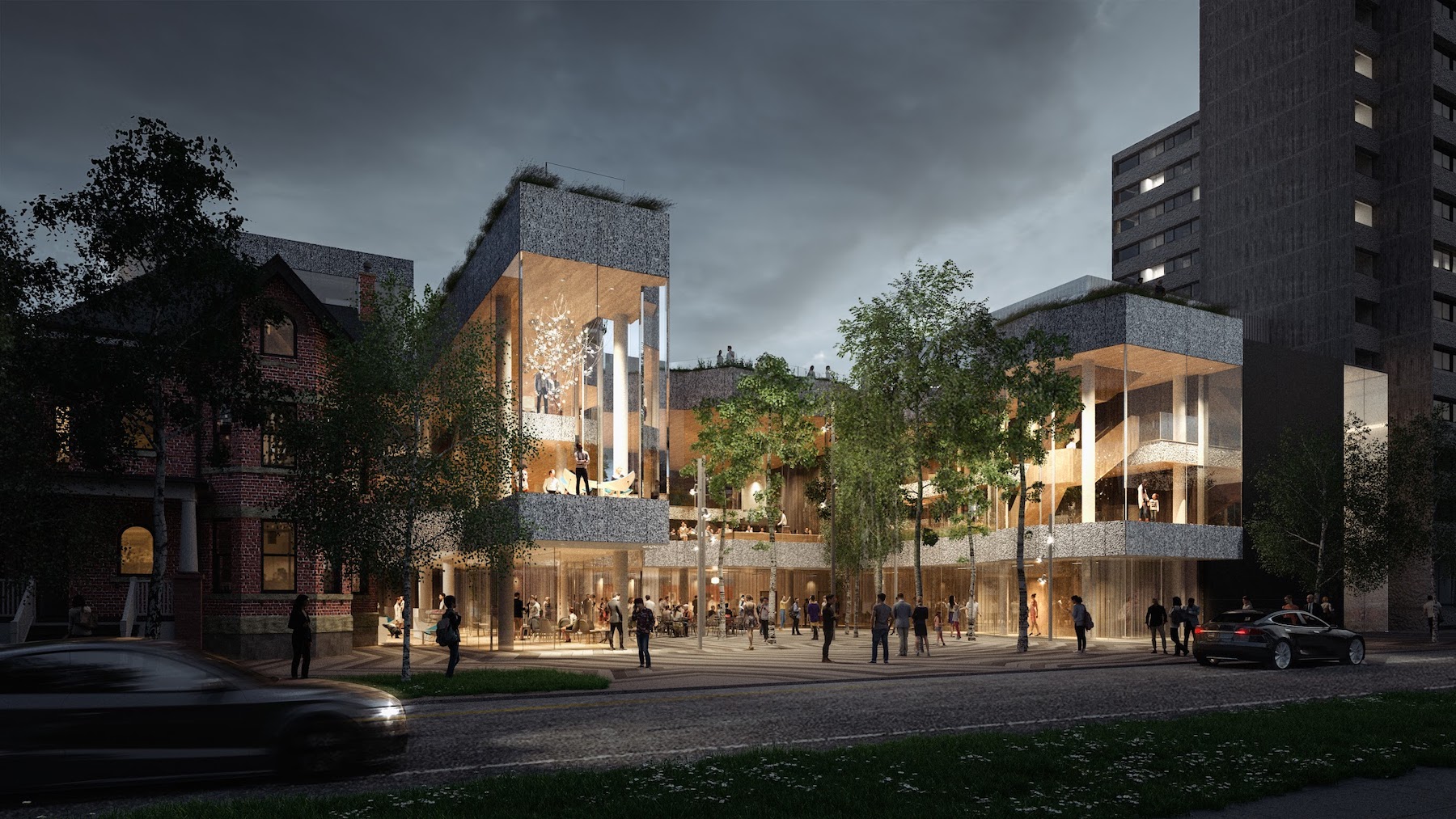
 Perhaps one of the most remarkable things about the fundraising that has been done for KESKUS so far, is that it isn’t just Torontonians or even Canadians who have felt called to support the building of the new International Estonian Centre, but people from all over the globe. Donations have come from near and far, building a sense of community that transcends where we are geographically in the world.
Perhaps one of the most remarkable things about the fundraising that has been done for KESKUS so far, is that it isn’t just Torontonians or even Canadians who have felt called to support the building of the new International Estonian Centre, but people from all over the globe. Donations have come from near and far, building a sense of community that transcends where we are geographically in the world.
